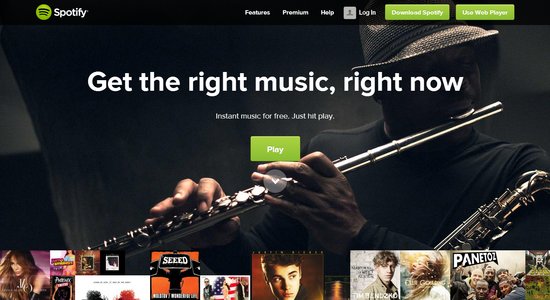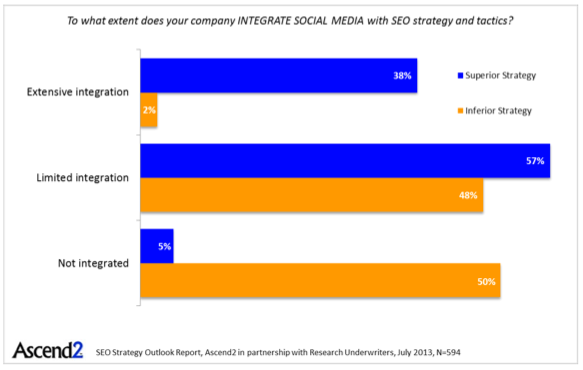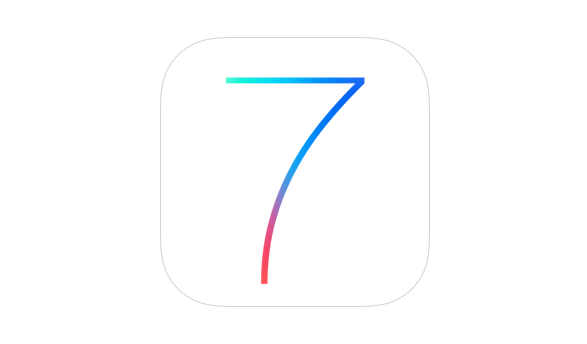Anyone keeping track should know that Google isn’t afraid to shutter a beloved service or tool at their whim. We’re all still mourning the loss of Google Reader, but Eric Siu from Entrepeneur says we should also be gearing up to lose the popular Google Adwords External Keyword Research Tool.
The free tool for Adwords is commonly used by site owners to dig up statistics on keyword search volume, estimated traffic volume, and average cost per click, but the most loved capability was the determining which specific keywords a site owner should targer with their future optimization strategies and PPC campaigns.
Google hasn’t announced anything yet, so there isn’t a confirmed shutdown date or any known information, but rumors suggest it could happen anytime. Google has implied the Adwords tool will be combined into a new program referred to as the Keyword Planner, but it won’t necessarily be the same.
The External Keyword Research Tool essentially contained an assortment of disjointed workflows which gave the site owner a little freedom as to how they use the tool, but the Keyword Planner has one explicit purpose – helping advertisers set up their new PPC ad groups and campaigns as quickly as possible. But, the Keyword Planner doesn’t include ad share statistics or local search trends.
If the External Keyword Research Tool is at all a part of your PPC or SEO campaigns, you should likely begin getting to know the Keyword Planner now. You’ll have to eventually.









